The Solar Shingles Market is currently characterized by a dynamic competitive landscape, driven by increasing consumer demand for sustainable energy solutions and advancements in solar technology. Major players such as Tesla (US), CertainTeed (US), and GAF Energy (US) are at the forefront, each adopting distinct strategies to enhance their market positioning. Tesla (US) continues to emphasize innovation, particularly through its Solar Roof product, which integrates seamlessly with home aesthetics while providing energy efficiency. CertainTeed (US) focuses on regional expansion and product diversification, aiming to capture a broader customer base by offering a variety of solar shingle options. GAF Energy (US) is leveraging partnerships with roofing contractors to enhance distribution channels, thereby increasing market penetration. Collectively, these strategies contribute to a competitive environment that is increasingly focused on technological advancement and customer-centric solutions.
In terms of business tactics, companies are localizing manufacturing to reduce costs and improve supply chain efficiency. This approach is particularly evident in the Solar Shingles Market, which appears moderately fragmented, with several key players vying for market share. The collective influence of these companies shapes a landscape where innovation and operational efficiency are paramount, allowing them to respond swiftly to market demands and consumer preferences.
In August 2025, Tesla (US) announced a significant expansion of its Solar Roof production capabilities, aiming to double output by the end of the year. This strategic move is likely to enhance Tesla's competitive edge by meeting the growing demand for solar solutions, particularly in residential markets. The expansion not only positions Tesla as a leader in solar technology but also underscores its commitment to sustainability and energy independence.
In September 2025, CertainTeed (US) launched a new line of solar shingles designed specifically for urban environments, which is a strategic response to the increasing urbanization trend. This initiative reflects CertainTeed's focus on innovation and adaptability, catering to the unique needs of city dwellers who seek efficient energy solutions without compromising on aesthetics. By targeting this niche market, CertainTeed may strengthen its brand presence and capture a segment that is often overlooked by traditional solar providers.
In July 2025, GAF Energy (US) entered into a partnership with a leading home improvement retailer to enhance its distribution network. This collaboration is expected to streamline the purchasing process for consumers, making solar shingles more accessible. By aligning with a well-established retailer, GAF Energy could significantly boost its market visibility and sales, thereby reinforcing its position in the competitive landscape.
As of October 2025, the Solar Shingles Market is witnessing trends that emphasize digitalization, sustainability, and the integration of artificial intelligence in product development and customer engagement. Strategic alliances are increasingly shaping the competitive landscape, allowing companies to pool resources and expertise. Looking ahead, it appears that competitive differentiation will evolve from traditional price-based competition to a focus on innovation, technological advancements, and supply chain reliability. This shift may redefine how companies position themselves in the market, ultimately benefiting consumers through enhanced product offerings and services.


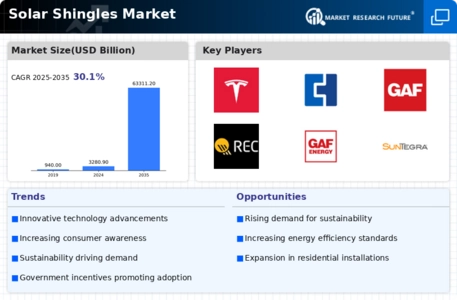
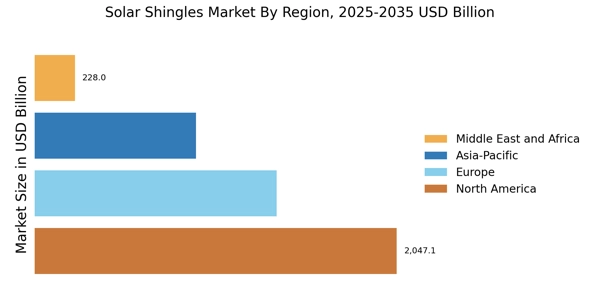
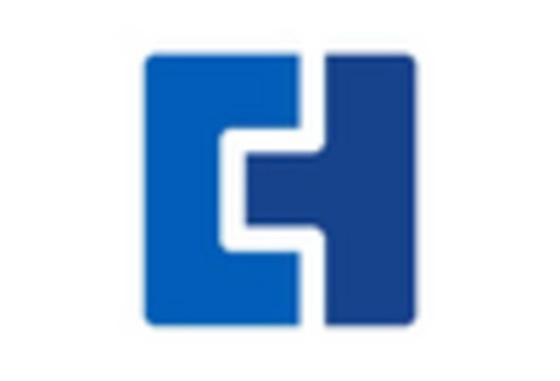
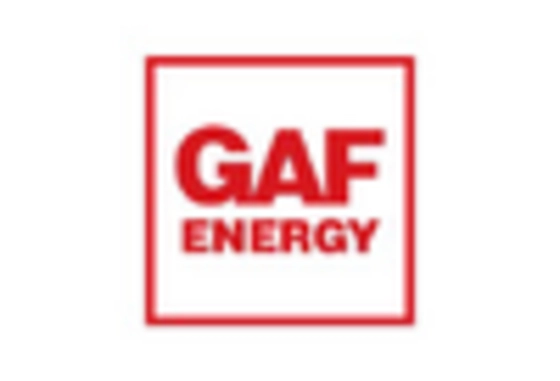
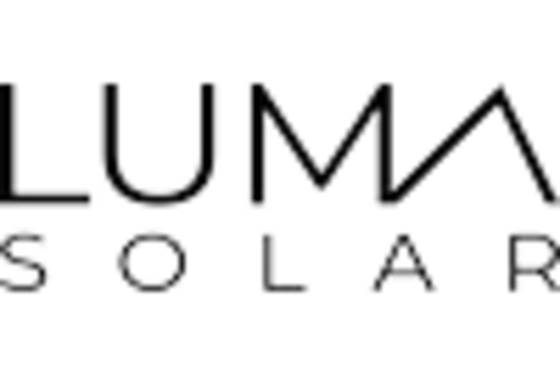
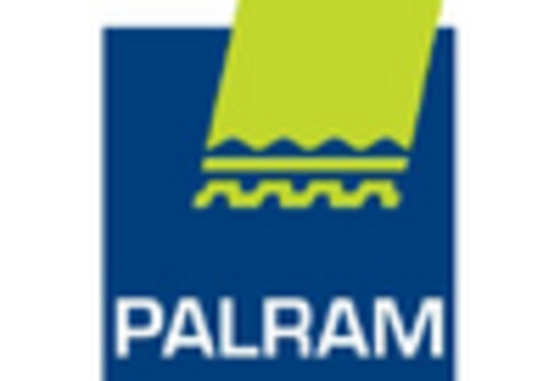
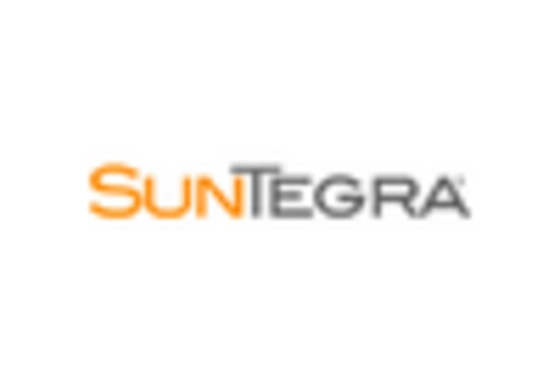
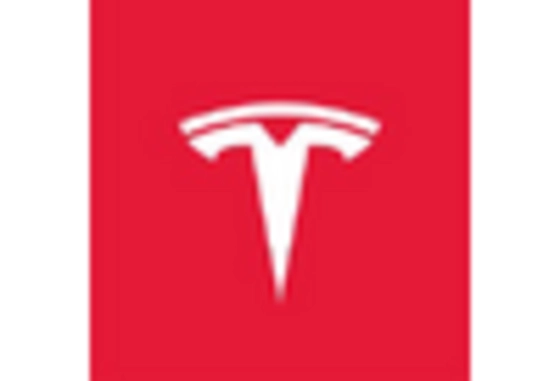








Leave a Comment